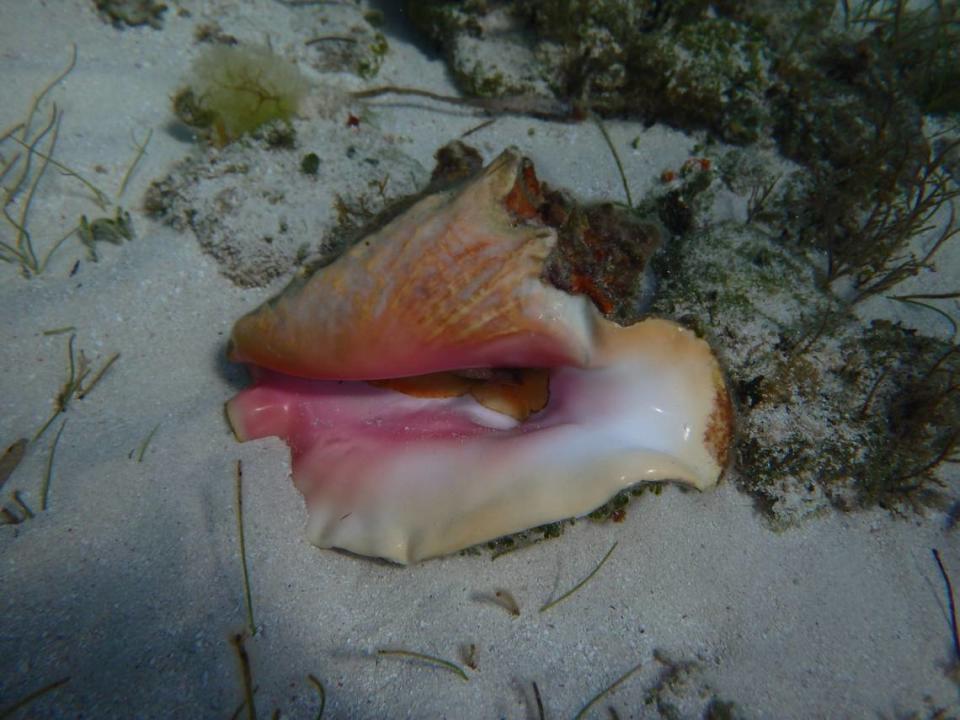A tourist filled a bucket with queen conch in the Keys, police say. He went to jail
In the Florida Keys, you could land in jail for keeping undersized lobster tails or swiping protected seafood from the ocean.
That’s how seriously police and prosecutors go after people who break conservation laws.
A 51-year-old Houston man learned about that Wednesday after stuffing queen conch in a bucket and inside a shirt, according to the Monroe County Sheriff’s Office.
Tony Ngoc Truong was charged with a misdemeanor for harvesting queen conch and booked into the county jail. The visitor to the Keys didn’t get far in his conch stealing scheme, deputies said.
Truong was walking out of the water, beneath the Channel Five Bridge near mile marker 71.5, with a five-gallon bucket and a gray shirt. When deputies crossed his path, he threw his shirt under his vehicle. Truong had placed three conch in the shirt and had five more in the bucket, deputies said.
He was caught at a spot between the Middle Keys city of Marathon and the village of Islamorada in the Upper Keys.
“The queen conch were returned to the water alive,” said Adam Linhardt, a spokesman for the sheriff’s office.

Truong was taken to the county jail on Stock Island. About four hours later, he was released without having to post a bond, according to jail records.
It’s unclear in jail records whether he has legal representation. His arraignment is set for Aug. 27 at the Monroe County Courthouse.
He’s not the first to think he could get away with taking the conch, a slow-moving marine snail that is illegal to harvest in Florida but a popular import from the Caribbean.
In recent years, the Florida Fish and Wildlife Conservation Commission has made a few cases from conch poaching, including one in 2017 when a Texas woman got jail time for taking 40 queen conch.
All of the conch was returned to the ocean.
What’s a ‘Conch’?
Queen conch are found in the Caribbean, the Gulf of Mexico, the Bahamas and Bermuda but commercial and recreational harvest is generally banned in U.S. waters.
Conch fisheries in the U.S. were closed in the 1970s for being overfished. But that hasn’t stopped Americans from getting their hands on the tasty mollusks.
Conch meat is used to make conch salad and conch fritters in Key West and it’s a staple food in the Bahamas. That’s where the United States — a major importer of the meat — gets almost all of its conch.
Queen conch can live up to 40 years, grow up to 12 inches long and weigh as much as 5 pounds.
But the conch shell is so symbolic in the Keys that locals born and raised in Key West call themselves “conchs.”
Key West High School’s mascot is the conch. The football team members are the Fighting Conchs while the softball team are the Lady Conchs.
In Key West, a “conch” is a point of pride, since it’s used to describe someone native to the small island. Many locals only consider someone whose family goes back at least a generation or two a true conch.

